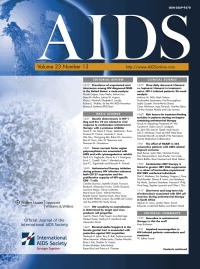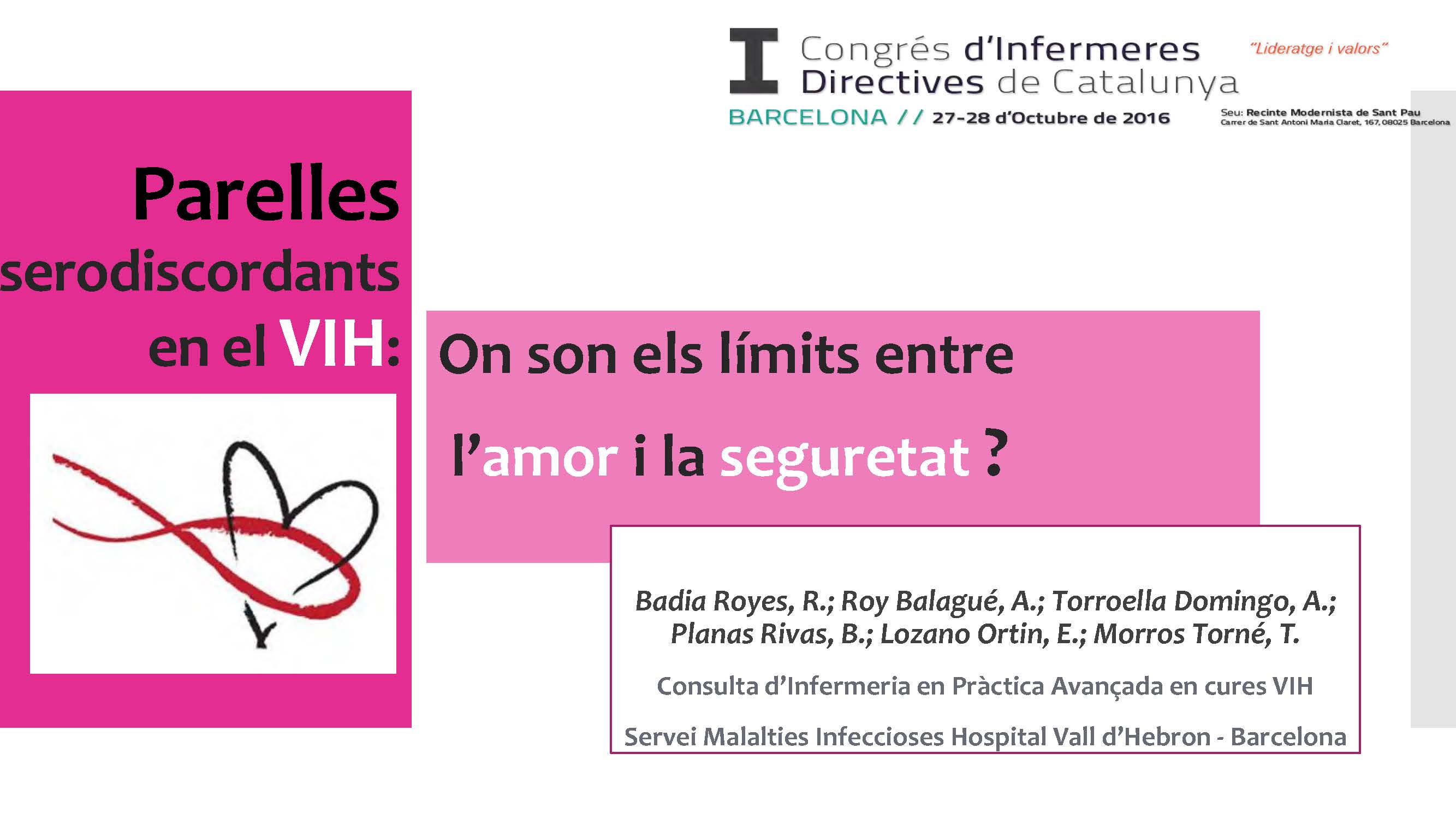Resum
Background: The number of strategies to prevent HIV transmission has increased
following trials evaluating antiretroviral therapy (ART), preexposure prophylaxis (PrEP)
and male circumcision. Serodiscordant couples need guidance on the effects of these
strategies alone, and in combination with each other, on HIV transmission.
Methods: We estimated the sexual risk of HIV transmission over 1-year and 10-year
periods among male–male and male–female serodiscordant couples. We assumed the
following reductions in transmission: 80% from consistent condom use; 54% from
circumcision in the negative male partner of a heterosexual couple; 73% from
circumcision in the negative partner of a male–male couple; 71% from PrEP in
heterosexual couples; 44% from PrEP in male–male couples; and 96% from ART
use by the HIV-infected partner. Findings: For couples using any single prevention strategy, a substantial cumulative risk of HIV transmission remained. For a male–female couple using only condoms, estimated risk over 10 years was 11%; for a male–male couple using only condoms,
estimated risk was 76%. ART use by the HIV-infected partner was the most effective
single strategy in reducing risk; among male–male couples, adding consistent condom
use was necessary to keep the 10-year risk below 10%. Conclusion: Focusing on 1-year and longer term transmission probabilities gives couples a better understanding of risk than those illustrated by data for a single sexual act. Long-term transmission probabilities to the negative partner in serodiscordant couples can be high, though these can be substantially reduced with the strategic use of preventive methods, especially those that include ART. (Extraído del documento)






